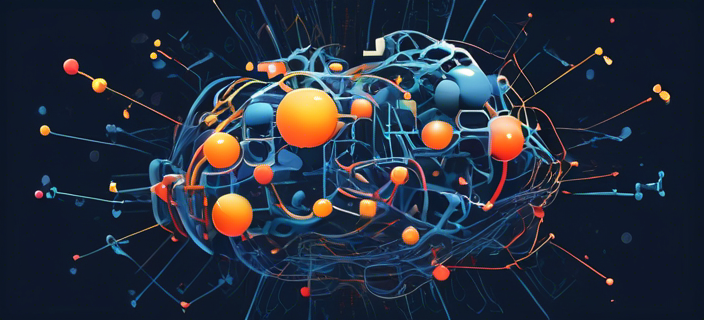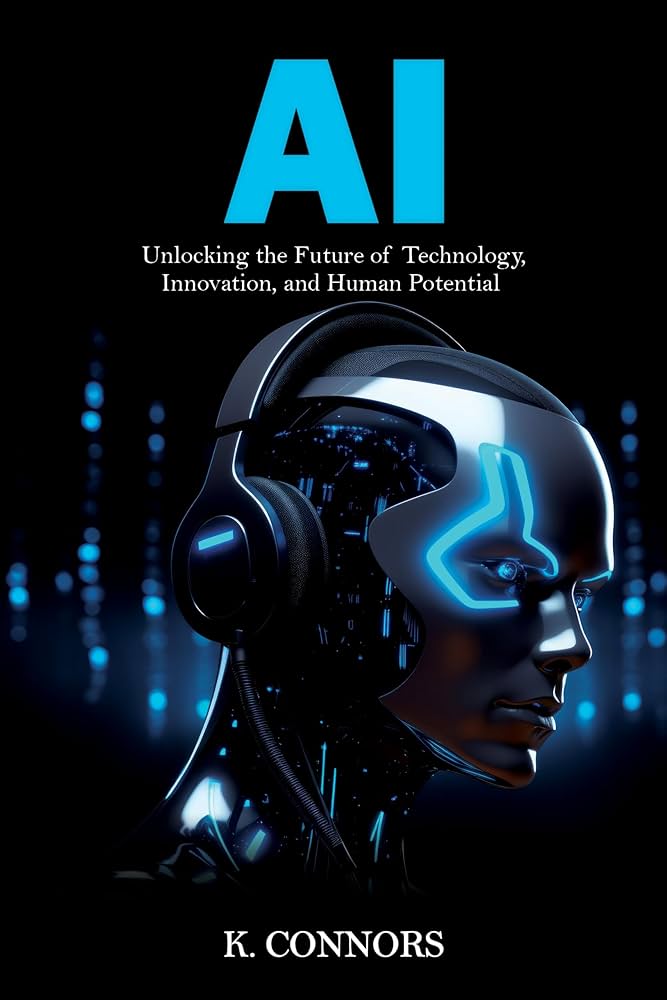By Desmond Morales
Anthropic’s Breakthrough in AI Development
Anthropic, a leading player in the AI research field, has recently unveiled promising results from their internal testing of the Claude 3 Opus model. This development has sparked discussions within the tech community about the potential proximity of achieving Artificial General Intelligence (AGI).
The Significance of AGI
AGI, often considered the holy grail of artificial intelligence, refers to a machine’s ability to understand, learn, and apply knowledge across a wide range of tasks, much like a human being. The quest for AGI has been a longstanding goal in the field of AI, with researchers constantly pushing the boundaries of what machines can achieve.
Anthropic’s exploration of AGI through the Claude 3 Opus model signifies a significant step forward in the pursuit of creating machines with human-like cognitive abilities.
Evaluation Techniques: Needle in a Haystack
One of the key aspects of Anthropic’s testing methodology is the utilization of an evaluation technique known as “Needle in a Haystack.” This approach aims to challenge the AI model to demonstrate advanced cognitive skills by navigating complex and ambiguous scenarios.
According to experts familiar with Anthropic’s work, this technique forces the AI model to think beyond traditional problem-solving methods and delve into metacognitive reasoning, a crucial aspect of human intelligence.
 Illustration depicting the concept of advanced cognitive skills
Illustration depicting the concept of advanced cognitive skills
Implications of Anthropic’s Progress
If Anthropic’s findings indeed indicate progress towards AGI, the implications could be groundbreaking. The ability to develop machines capable of metacognitive reasoning opens up a realm of possibilities across various industries, from healthcare to finance.
Moreover, the ethical considerations surrounding the development of AGI become even more pertinent as the technology edges closer to mirroring human cognitive capabilities.
Looking Ahead
As Anthropic continues to refine and test the Claude 3 Opus model, the AI community eagerly anticipates further insights into the potential of achieving AGI. The intersection of cutting-edge technology and cognitive science promises a future where machines may transcend their current limitations and approach human-like levels of intelligence.
In conclusion, Anthropic’s strides in AI development with the Claude 3 Opus model offer a glimpse into a future where the boundaries between artificial intelligence and human cognition blur, raising profound questions about the nature of consciousness and intelligence in the digital age.


 Photo by
Photo by 









